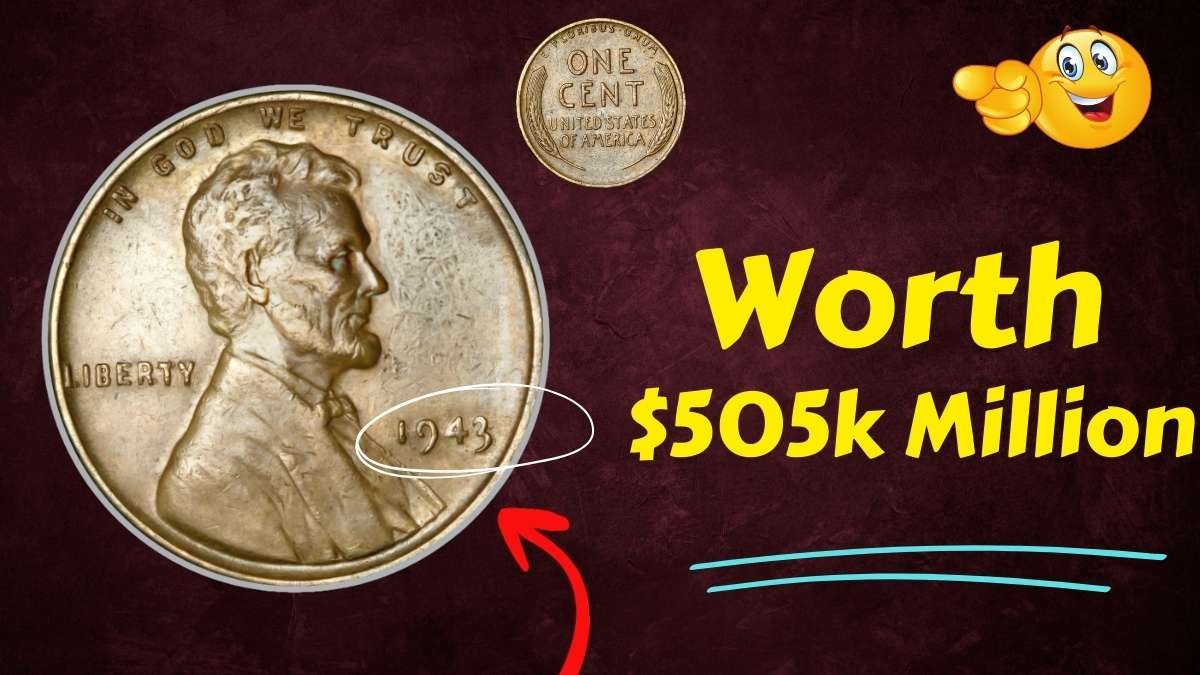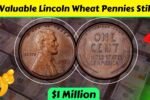Join on WhatsApp
Get the latest updates directly on WhatsApp – motivation, news & more!
The 1943 Lincoln cent is one of the most fascinating coins in American numismatics. During World War II, the United States Mint changed the composition of the penny from copper to steel because copper was urgently needed for ammunition and military supplies. Despite this change, a few 1943 pennies were accidentally struck on leftover copper planchets from the previous year. These rare mistakes have since become some of the most valuable coins in circulation.
Accidental Discoveries
Many of these rare coins have turned up in the most unusual ways. One was discovered in a gumball machine in 1960, while another surfaced in Texas when a man received it as change at a coin shop. Recently, a 1943 copper penny sold for over half a million dollars, transforming what seemed like an ordinary cent into a collector’s dream.
Why the 1943 Copper Penny is Special
Most 1943 pennies were made from zinc-coated steel, but the copper versions were minted in error. The leftover copper planchets from 1942 were unintentionally fed into the presses, creating a coin that was never meant to exist. Because of this, the 1943 Copper Lincoln Wheat Penny is considered one of the greatest minting errors in history.
It is estimated that fewer than 30 genuine examples exist. Some of these coins have sold for several hundred thousand dollars, and a pristine, uncirculated example can surpass half a million dollars in value.
Steel Pennies and Wartime Production
During the war years, copper was vital to the military effort, so pennies were minted in steel instead. These steel coins are common and often turn up in old jars of change or family collections. Although interesting, they do not carry the same rarity or value as the copper versions.
Identifying a 1943 Copper Penny
There are a couple of simple ways to check if a 1943 penny might be copper.
- Color: Steel pennies appear silver or gray, while copper pennies are brown or reddish in tone.
- Magnet Test: Steel pennies are magnetic, but copper pennies are not. If a 1943 cent does not stick to a magnet and has a copper color, it may be the real thing.
However, authentication by a professional grading service is essential because counterfeits do exist.
Historical and Monetary Value
The value of these coins is not just about scarcity. Collectors also prize them because they represent a moment in American history when resources were scarce, and every bit of copper was needed for the war. This makes the 1943 copper cent both a financial treasure and a historical artifact.
Facts About the 1943 Copper Cent
At auction, a 1943 copper penny has fetched as much as $505,000. With fewer than 30 believed to exist, each discovery makes headlines in the numismatic world. These coins continue to inspire collectors, reminding us that extraordinary treasures can still be hiding in the most ordinary places.
FAQs
How much is a 1943 copper penny worth?
Depending on condition, values range from tens of thousands of dollars to more than half a million.
How many 1943 copper pennies are known?
Fewer than 30 are confirmed today, making them extremely rare.
How can I tell if my 1943 penny is copper?
Check the color and use the magnet test. A non-magnetic, brown or reddish penny could be copper.
What is the record price for a 1943 copper penny?
One example sold for $505,000, and others in excellent condition have achieved similar results.
Can I find a 1943 copper penny in change today?
It is very unlikely, but rare examples have been found in old coin jars and family collections.



